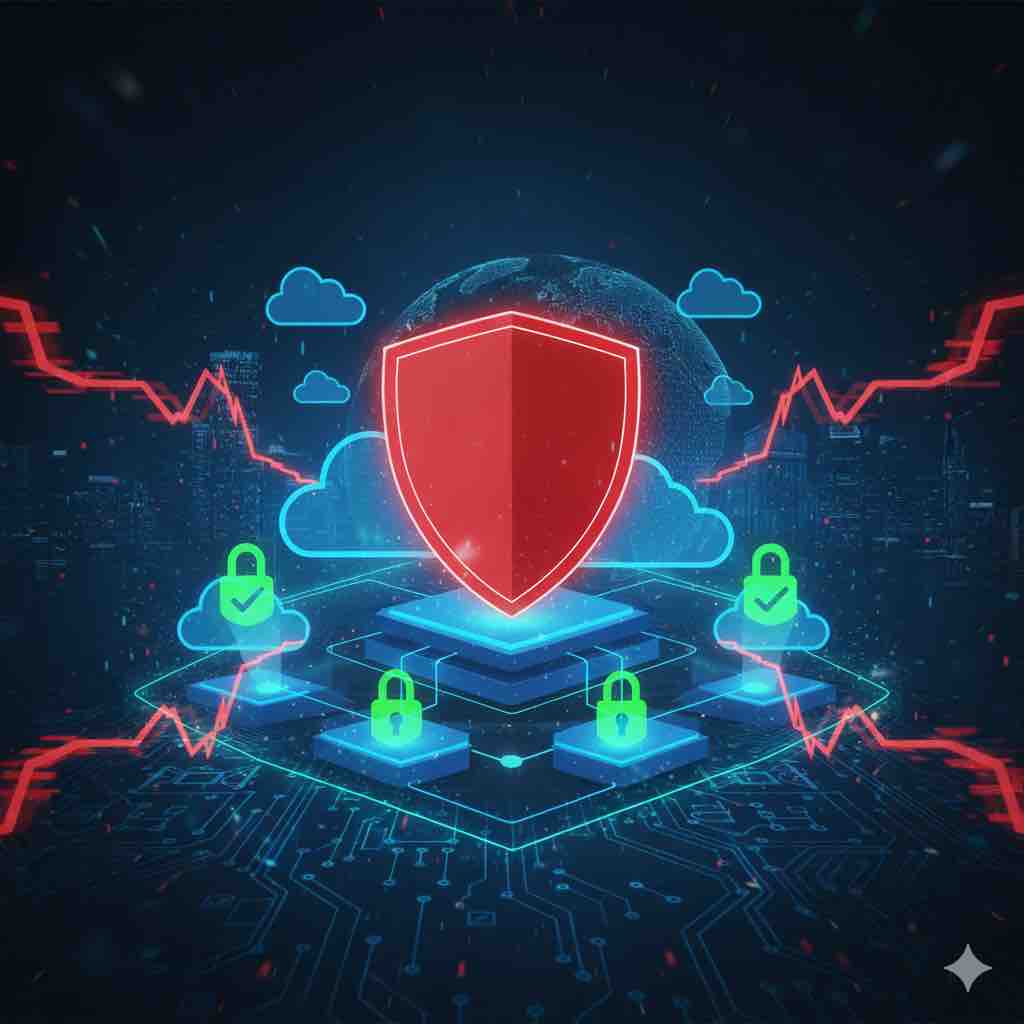10 Ways to Improve Your Cybersecurity without Spending a Single Dollar
Cybersecurity is a major concern for individuals and organizations – or at least, it should be. We often take dedicated care of our physical health, security, or integrity but forget to look after our digital selves. Although the sense of danger is more abstract, the consequences of cyber attacks can deeply affect our lives.
Rather than a lack of awareness – as some might assume –, the biggest problem for most people is typically a lack of knowledge to protect themselves. Other times, those who do know how to build some barriers between hackers and themselves, refuse to take preventative measures because they are not willing to invest in preventing unlikely incidents like a cyber attack.
Luckily, you don't have to be an expert or break the bank to improve your security posture. Here are 10 easy steps you can take today to improve your cybersecurity, at no cost to you or your business:
1. Update Your Software
Keeping your software up-to-date is crucial to patching security vulnerabilities. Most softwares periodically update their product and add better cyberdefenses by patching or fixing vulnerabilities. Make sure you update your operating system, web browser, and other software regularly so you keep up with the latest and safest version.
2. Use Strong Passwords
Weak passwords are one of the easiest ways for hackers to gain access to your accounts. Avoid repeating and writing down your passwords. You wouldn’t have many keys for your house and leave them anywhere for someone to take them. Use strong, unique passwords for each account, and maybe even consider using a password manager to keep track of them.
.png)
3. Enable Two-Factor Authentication
Two-factor authentication adds an extra layer of security to your accounts. It requires you to enter a code from a separate device, like your phone, in addition to your password. This is common advice that people often dismiss because of the extra effort. Though there is a marginal level of extra effort required, the significant benefits from those additional few seconds make it well worth it.
4. Be Wary of Phishing Emails
Phishing emails are designed to trick you into giving up your login credentials or personal information. Look for red flags like misspellings or suspicious links, and never click on links or download attachments from unknown senders. Think twice before responding to an urgent email from someone you know, especially if it’s asking for personal information, and verify the sender and contact who requested you to double-check.
.png)
5. Use Antivirus Software
Antivirus software can help protect your computer from malware and viruses. There are many free antivirus options available, so find one that works for you and use it. Unfortunately, we are in constant threat. So, it’s nice to have software in place to help us detect and respond to real attacks that might compromise your security.
6. Back Up Your Data
Regularly backing up your data can help you recover from a security breach or data loss. Use a cloud-based service or an external hard drive to keep your backups safe. If unbacked key data is stolen from you, you might need to pay higher costs for getting that valuable information back. Though figuring out the cause of the attack would be the highest priority, properly backing up your data is a crucial preventative measure that should be taken as well.

7. Secure Your Home Network
Make sure your home Wi-Fi network is secure by encrypting your network and using a strong password. Also, be sure to change the default password on your router and choose a stronger one instead. Connecting to the internet offers us immense possibilities and resources, but that connection is also a door to an enormous variety of threats.
8. Limit Access to Your Personal Information
Be careful about sharing personal information online, especially on social media. Consider adjusting your privacy settings to limit who can see your information. As a society, we’ve gotten used to sharing tons of our personal information without even considering the potential risks. Every piece of data you make public can be used against you. Make sure you limit your personal exposure and avoid sharing sensitive information online.
.png)
9. Educate Yourself
Learn about common cybersecurity threats and how to avoid them. There are many free online resources available to help you stay informed. Blog posts, podcasts, YouTube videos, and many more across the internet. Only by being aware of threats and taking preventive measures can we start to improve our security posture. There’s no need to become an expert, starting with understanding the basics is enough to make a difference.
10. Be Vigilant
Finally, stay vigilant about your online security. Keep an eye out for suspicious activity. Be cautious and attentive, and try to act consciously and maintain awareness of the things you do with your computer. And don't hesitate to report anything that seems unusual! Find someone that knows better, who can help you stay protected.
.png)
By following these 10 steps, you can improve your cybersecurity without spending a single penny. It’s important that we all do our part. Awareness is the key, so talk to your circle about it. Taking action today will not only protect yourself and your data, but also those around you as well.
Discover more cybersecurity gems: How Does Pentest Pricing Work and How to Choose a Penetration Testing Company

.png)









